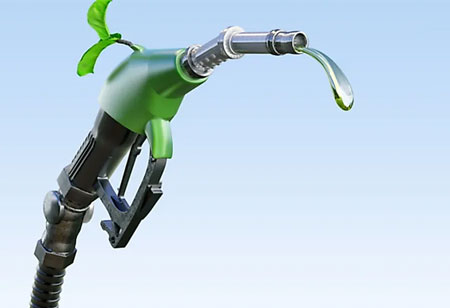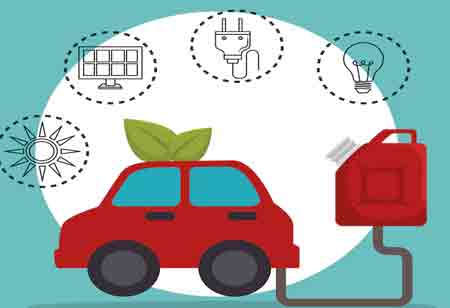Thank you for Subscribing to Energy Business Review Weekly Brief
Biofuels: All You Need to Know
Biofuel production needs to go up a lot to get away and get the associated emission reductions.

By
Energy Business Review | Sunday, May 14, 2023
Stay ahead of the industry with exclusive feature stories on the top companies, expert insights and the latest news delivered straight to your inbox. Subscribe today.
Biofuel production technology needs to change so that waste and residue feedstocks can be used sustainably.
FREMONT, CA: Biofuels are a significant part of reducing carbon emissions from transportation because they offer a low-carbon alternative to existing technologies, such as light-duty vehicles and heavy-duty trucks, ships, and planes, for which there aren't many other options. Biofuel production needs to go up a lot to get away and get the associated emission reductions. Advanced feedstock use must also grow. By 2030, 45 percent of all biofuel demand will be met by biofuels made from waste and residue. Biodiesel and renewable diesel use the same feedstock, which makes comparing their growth rates even harder.
Biofuel use in road transportation is back to before COVID-19, but it needs to go faster, especially in heavy-duty and long-distance modes of transportation like aviation. Biofuels will meet the world's transportation energy needs, primarily for driving. The number of biofuels used in transport will quadruple from 5 percent to 15 percent in 2030. It is almost one-fifth of the fuel needed just for road vehicles. Even though the overall demand for biofuels has gone back up and levels after dropping because of the pandemic.
Aviation biofuels, called biojet kerosene, would have to make the most significant changes. The success of biojet kerosene depends on several key factors, such as reducing the price difference between biojet fuel and fossil jet fuel, governments putting in place clear rules and regulations, and diversifying sustainable feedstock sources beyond waste oils and edible oils. Expensive capital costs for scaling up can get avoided. Biofuels reduce road transit oil use. To keep pump prices low, secure energy and food security, and reduce GHG emissions, governments are considering whether biofuels help or hurt.
Several governments have relaxed, delayed, or postponed biofuel blending requirements or GHG emission reduction limits this year. Many of these changes aim to lower customer and government fuel costs. For instance, Argentina and the U.S. are proposing increases to lower fuel costs and compensate for fossil diesel shortages. Most biofuels, called conventional feedstocks, are made from sugar cane, corn, and soybeans. But making biofuels from more advanced feedstocks is essential if they want to have as little of an effect as possible on land use, food and feed prices, and other environmental factors.
Biofuels used come from wastes, residues, and crops that don't compete with food crops, like crops grown on marginal land. Most of the non-food crop feedstocks used to make biofuels today come from used cooking oil and waste animal fats. As feedstocks are limited, new technologies will need to be brought to market to increase the production of biofuels from crops not used to make food. For example, cellulosic ethanol and biomass-based Fischer-Tropsch (bio-FT) technologies can use non-food feedstocks to make low-carbon biofuels for transportation. Government policies that boost production and demand could fill any remaining cost gap.
Even though the average cost of making these biofuels is twice or three times that of equivalent fossil fuels, it could go down. Woody and grassy biomass can be turned into liquid biofuels through thermochemical processes like biomass gasification followed by bio-FT synthesis, hydrothermal liquefaction, and fast pyrolysis with upgrading. Testing large-scale technologies that can turn woody feedstocks into biofuels will be necessary. Both hydrothermal liquefaction and fast pyrolysis with the upgrading are less ready than bio-FT. Treating bio-oils before turning them into renewable diesel through hydroprocessing is hard. But once the bio-oil has been cleaned up, it can be co-processed with petroleum products at existing oil refineries shortly.






